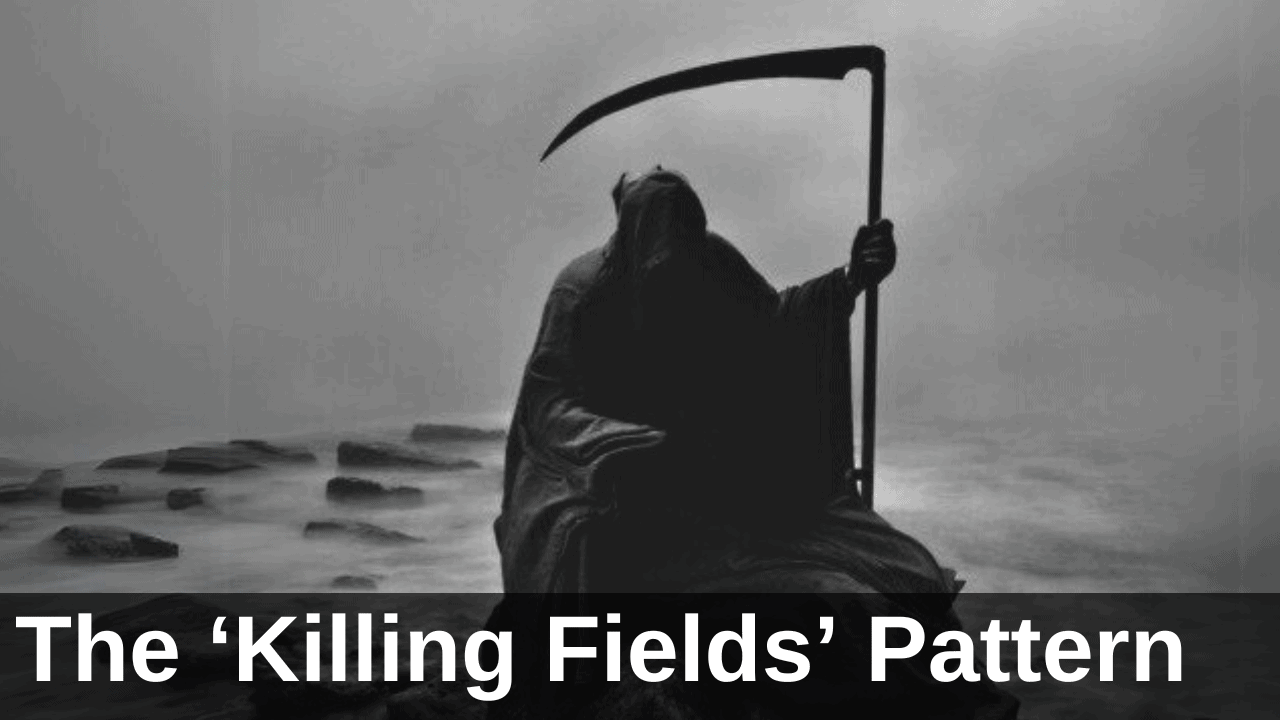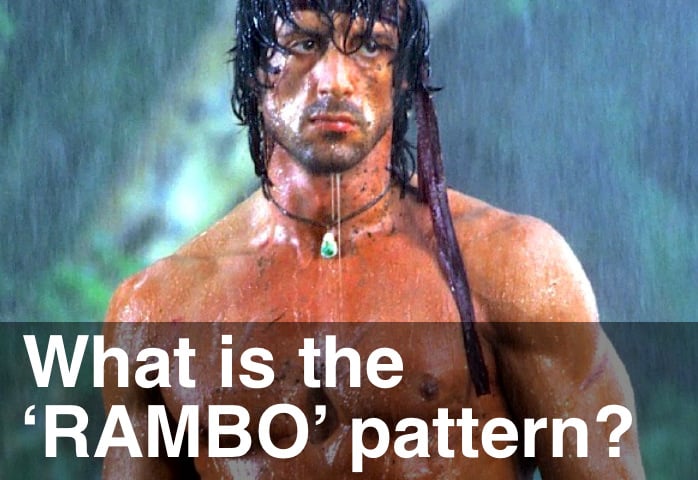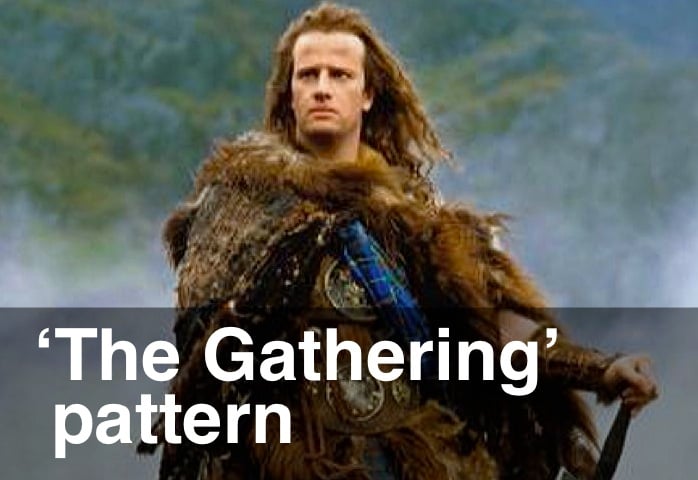Chart Patterns
Videos and Guides on Profitable Chart Patterns to Trade

The ‘Killing Fields’ Chart Pattern Explained
As traders, watching charts day in and day out, we see the same chart patterns repeating, again and again. I like naming my patterns – silly names, like the RAMBO pattern and ‘The Gathering’ pattern. This article explains the ‘Killing Fields’ pattern, a setup designed to mislead traders. Use the ...

How to Know if the Professionals are Buying or Selling
This video was sparked by a great question from Lloyd about Wednesday’s “Last Roll of the Dice” Short signal: Hello Barry, How do we know whether the Pro bars at highs are initiating shorts or closing longs? One is bearish and the other is neutral until they re-enter the market. ...

What Is the ‘RAMBO’ Pattern?
Use the RAMBO (potential ‘Reversal of AMateur Break Out’) pattern to fade Amateur activity at market extremes: The RAMBO indicator with volume exhaustion and divergence is like printing money!!! Good work sir!! jason t. Got a great question from Mike M. on Friday about RAMBO patterns: Hi Barry, Is the ...

Trading Breakouts and ‘The Gathering’ Pattern
Mrs. Emini-Watch can’t believe I like the movie Highlander. What can I say, I’m a sucker for mid-80s films. I’ll admit the choice of Christopher Lambert, a French actor, to play a Scottish medieval lord was odd. But back then he was hot property, having just done Greystoke and Subway. ...

Trends in Lower Time Frames = Cycles in Higher Time Frames
Quick video today about trends and cycles using the Better Sine Wave indicator. I go through one of my favorite setups: End of Trend signals in the lower time frame chart synching up with Cyclical signals in the higher time frame chart. Remember: Trends in lower time frames are equivalent ...